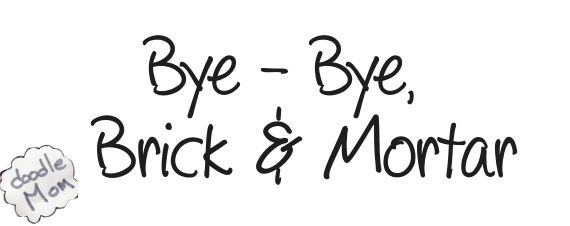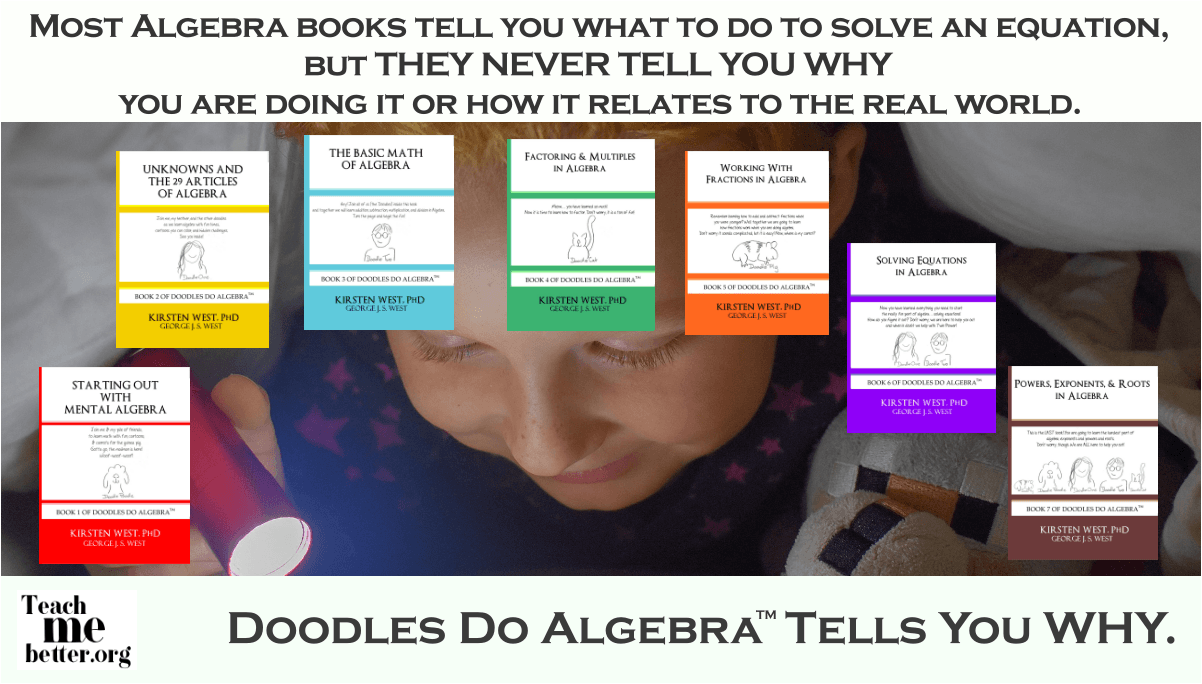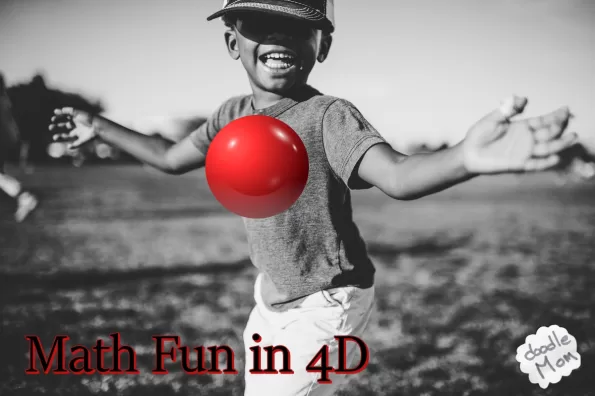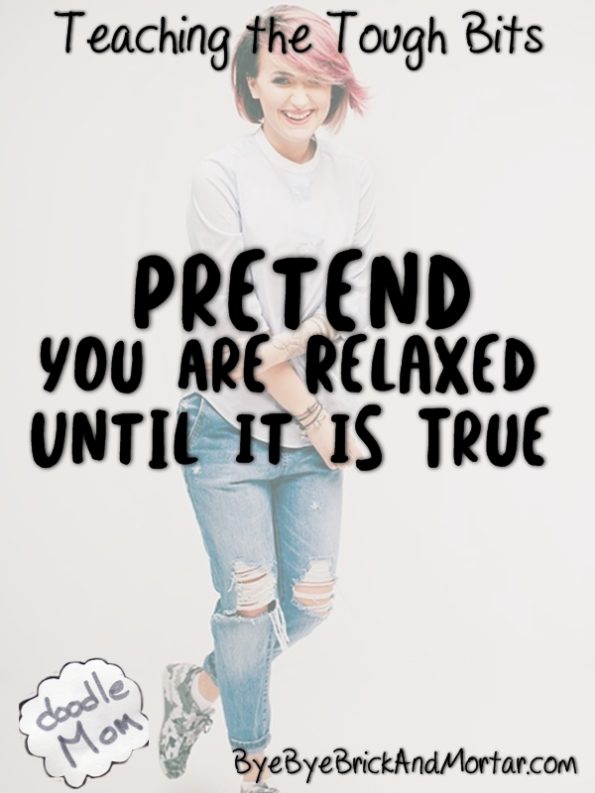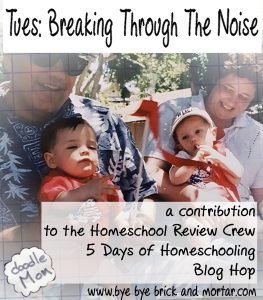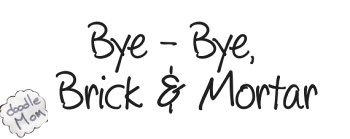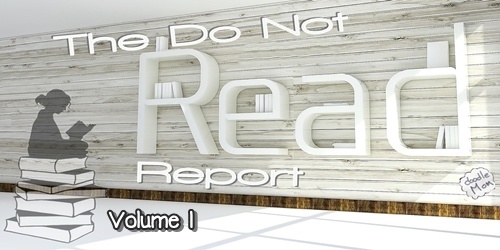
How often have you handed a seemingly-innocent book to your child only to discover later that it was filled with things you really do not want to put into your child’s head?
My husband and I gave up when my kids were about 12 and started reading everything before they did. This was especially tough since both my kids are especially gifted in reading. That was actually the reason we turned to classic literature. We needed something to challenge their reading level without the adult themes that are everywhere these days.
Every Wednesday, I plan to share another selection of books from our Do Not Read list. That way I hope to help you avoid that moment when your daughter or son explains the plot of a children’s book to you and you think, “What!? Who thought it was a good idea to include THAT in the story? Is this actually a book for adults that got misfiled into the children’s section of the library?”
So here we go. . .
This week’s book:
The Girl Who Drank the Moon by Kelly Barnhill

Summary: A baby is left in a forest as part of an annual sacrifice. She is taken by a witch and mistakenly fed moon light which causes her to become magical. The witch decides to raise her instead of giving her away.
Contains:
- Eugenics – Kill a baby from the town a year to keep the population under control.
- Disturbing Scenes – The book starts with a frantic mother who goes insane when her child is taken from her by the village to be sacrificed to the witch in the woods. The village elders offhandedly remark that she can probably be healed so it is nothing to worry about. Shortly after, the elders leave the tiny crying baby in a tree, thinking that they are leaving it to die since the myth of the witch is one which they themselves made up to keep the villagers in line.
- Political Message – Leaders lie to you.
Story, Grammar, Language:
- Poorly written (author could use some English lessons) –
- Slang is used as a way to appeal to youngsters –
- Superfluous details (unrelated to the plot, these just get in the way)
- Boring plot –
- Obvious use of vocabulary words to fit a particular reading level –
- Reading Level Mismatch – Strangely, this book is listed by Scholastic Books as a 640L Lexile Measurement level, but that places it’s reading level between 2nd and 4th grade, yet the publisher suggested the book for grades 6-12.
